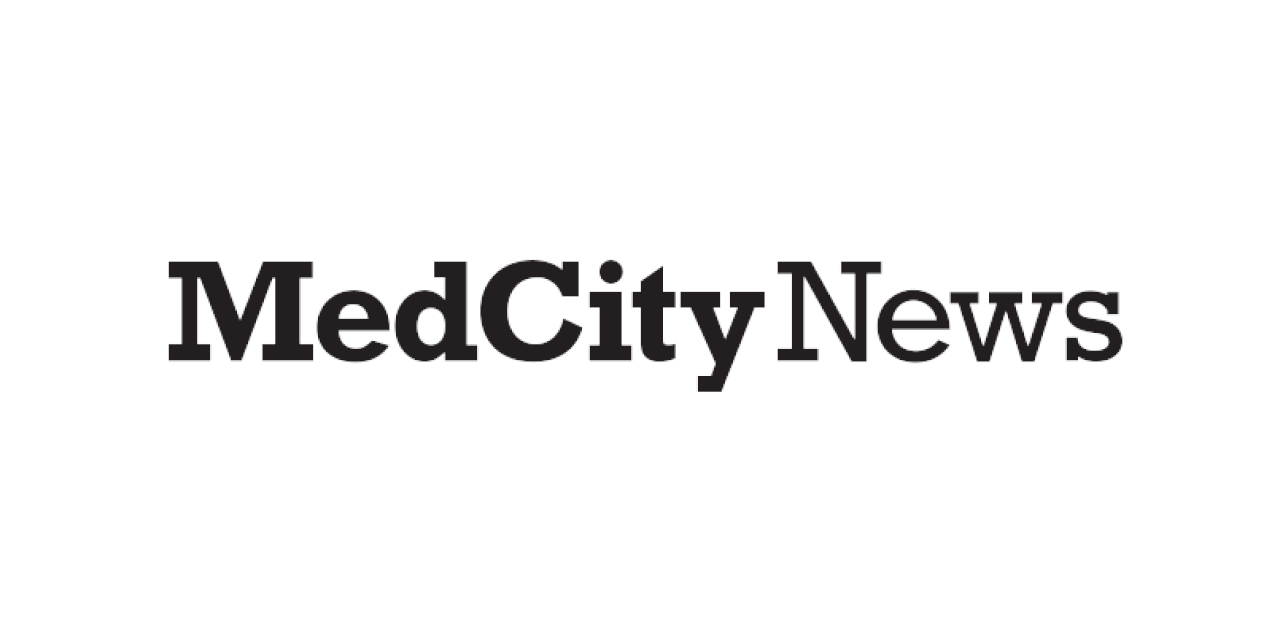It’s time to stop thinking about prior authorizations as a transaction. Rather, PA is the start of a care episode that should be a smooth, well-coordinated journey for patients, their providers and their health plan.
The burden of prior authorizations (PA) has been a topic of discussion for quite some time due to concerns that the current process burdens providers and slows down care delivery. Providers continue to express their frustration. According to an American Medical Association’s provider survey, 93% reported care delays, 82% said that patients abandoned a course of treatment, and more than a third reported adverse clinical outcomes, due to PA inefficiencies. Moreover, physicians and their staff spend an average of two business days each week completing PAs.
The federal government continues to take notice as well. A recent audit of data from the 15 largest Medicare Advantage companies by the Health and Humans Services Department’s (HHS) inspector general found that an estimated 13% of denied PA requests reviewed met Medicare coverage rules and likely would have been approved under fee-for-service Medicare. As a result, the inspector general made recommendations to the Centers for Medicare and Medicaid Services (CMS), indicating an increased focus on monitoring and potentially adding PA regulations. Another example of government activity concerning PA, the Improving Seniors’ Timely Access to Care Act, passed the House and would mandate electronic PA, tighter turnaround times and other capabilities.
While the intent of PA is to deliver safe, high-quality care to patients while managing costs and resource utilization, managing the process as individual transactions is part of the problem. It’s time to stop thinking about PA as a transaction. Rather, PA is the start of a care episode that should be a smooth, well-coordinated journey for patients, their providers, and their health plan. A new way of managing PA becomes possible with intelligent automation that integrates deep clinical expertise – a more reliable way to deliver better outcomes.
Bringing together advanced technology with extensive clinical expertise sets the stage for five ways to achieve a fundamental shift in how payers manage prior authorizations:
1. Make authorizations episodic rather than transactional.
Historically, health plans approach care as a series of transactions, such as the medical necessity check, while providers think in terms of full care episodes. If payers shifted the process to work the way providers work, it would be possible to pre-emptively approve multiple services up front, resulting in faster access to care, lower administrative effort and cost, and better, more consistent patient outcomes. By considering the entire care episode at once and integrating PA from start to finish, patients and providers can experience a seamless process from pre-service steps through follow-up care.
2. Influence care decisions prior to submission.
By embedding automation technology within the provider’s workflow, payers can proactively offer suggestions that comply with best practices before the provider submits the authorization request. Using artificial intelligence (AI) and machine learning (ML) that leverage evidence-based guidelines in conjunction with claims history, the platform can make recommendations for optimal care, beyond simply saying “yes” or “no” to the initial request. This can have a significant impact on quality and on medical expenses without needing to deny the request. For example, presenting recommendations can influence care decisions, such as trying non-invasive treatments first, opting for an outpatient facility, or prescribing 10 PT visits instead of 12. One health plan reduced medically unnecessary surgeries by 43% using this approach. Another shifted 11% of arthroplasty procedures to the outpatient setting. This also reduces provider abrasion by making the process faster, easier, and more interactive – and by delivering an immediate response when submitting a request.
3. Automate decisions within evidence-based care protocols.
From start to finish, decision-making can be automated using advanced clinical analytics tools. Employing AI and ML to drive the process reduces the reliance on clinical staff as labor shortages persist. Most requests can process automatically, reducing the need for manual review to only 10-20% of cases. It’s not only a touchless process for providers, but it also directs patients to the most appropriate location, keeping them within the network. This makes the best use of staff time and maintains care quality, while reducing operating costs for health plans. For one health plan, this approach helped patients receive care four days faster while reducing complication rates for total hip and knee replacements by 18%.
4. Optimize care journeys through your provider network.
For those providers who consistently follow the plan’s preferred clinical guidelines, payers can offer faster processes that move their patients through more quickly. For example, when a patient needs a knee replacement, clinical intelligence might evaluate the patient and their situation, determine they are eligible for an outpatient procedure and recommend switching the patient to that care protocol. For providers with more variation in their care, payers can provide additional guidance and education to improve relationships and adherence.
5. Enable those four with the latest scalable technologies.
Underpinning an episodic approach to PA is scalable technology that leverages AI, ML, EDI standards, and workflow optimization to streamline the process, ensure consistency and increase efficiency. With that comes rigorous quality analytics that increase transparency and support data-driven improvements. This makes it possible to automate clinical review, and to maximize the use of claims data. And within the day-to-day workflows, providers can receive real-time feedback for optimal care. With supporting technology, payers can increase efficiency and effectiveness throughout each patient’s care journey and ongoing payer operations.
It’s time for an episodic approach to prior authorization
Treating prior authorization as an integral part of an episode of care rather than as a series of disconnected transactions can drive significant benefits to payers, providers, and the patients they serve. PA is still important in delivering evidence-based care proven to achieve the best outcomes for patients while managing costs. However, it’s time to reduce the burden on providers and patients by leveraging technology that supports providers with evidence-based care protocols, speeds care delivery, reduces administrative burden, and improves care quality and outcomes. From the patient’s point of view, their provider and their health plan work together to provide a smooth and well-coordinated care experience that helps them achieve the best health possible.


